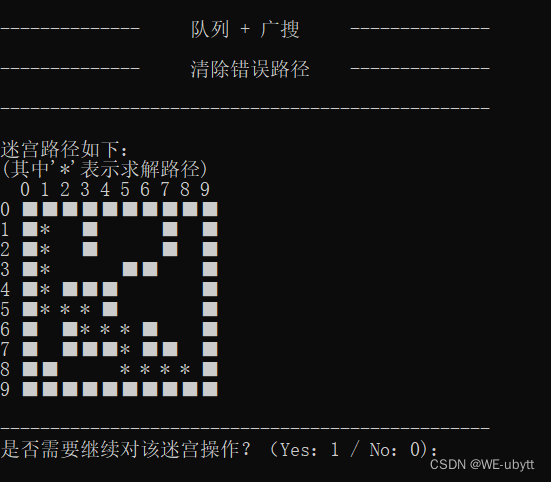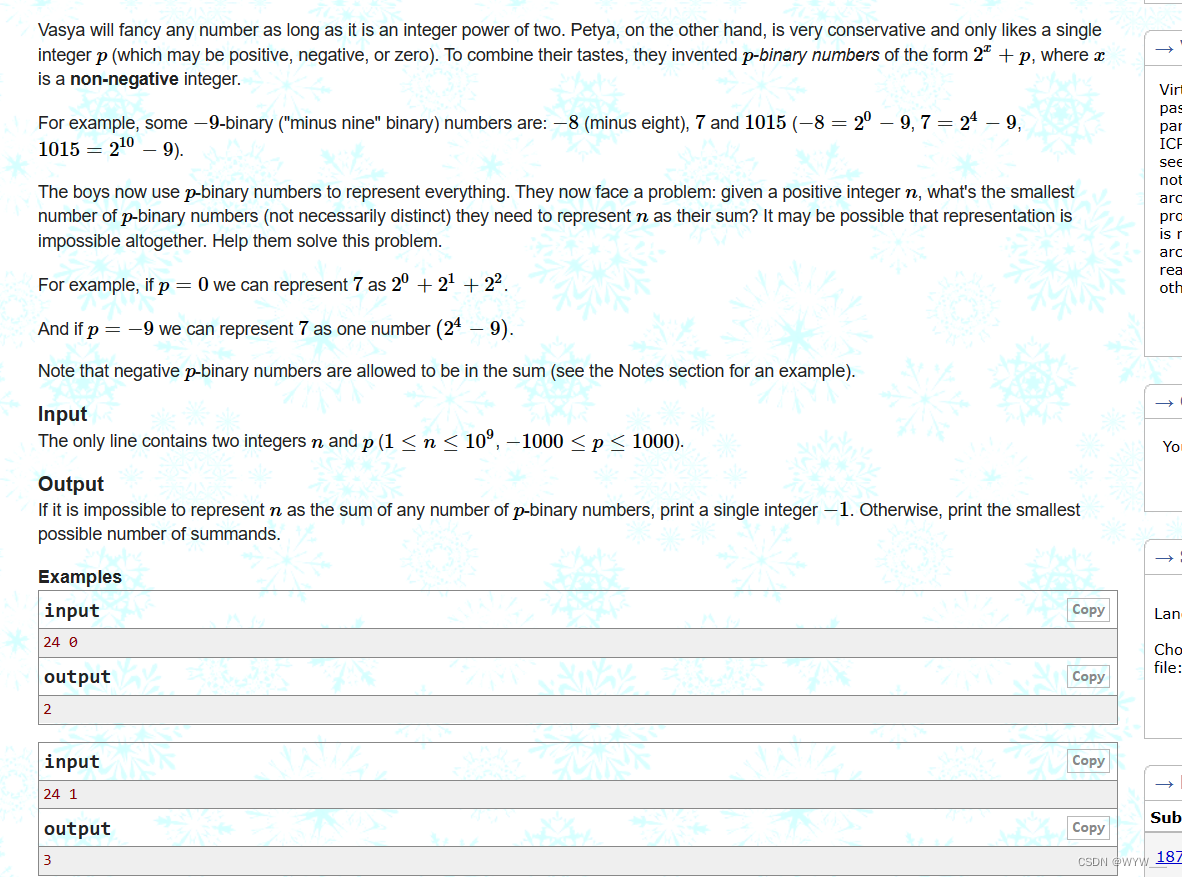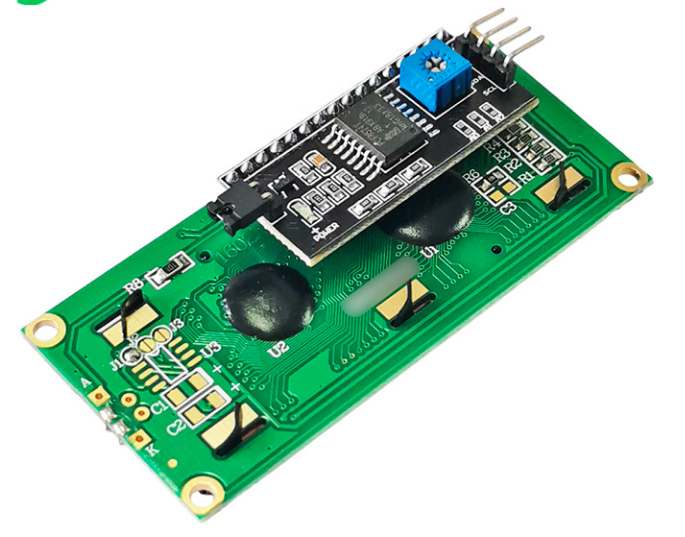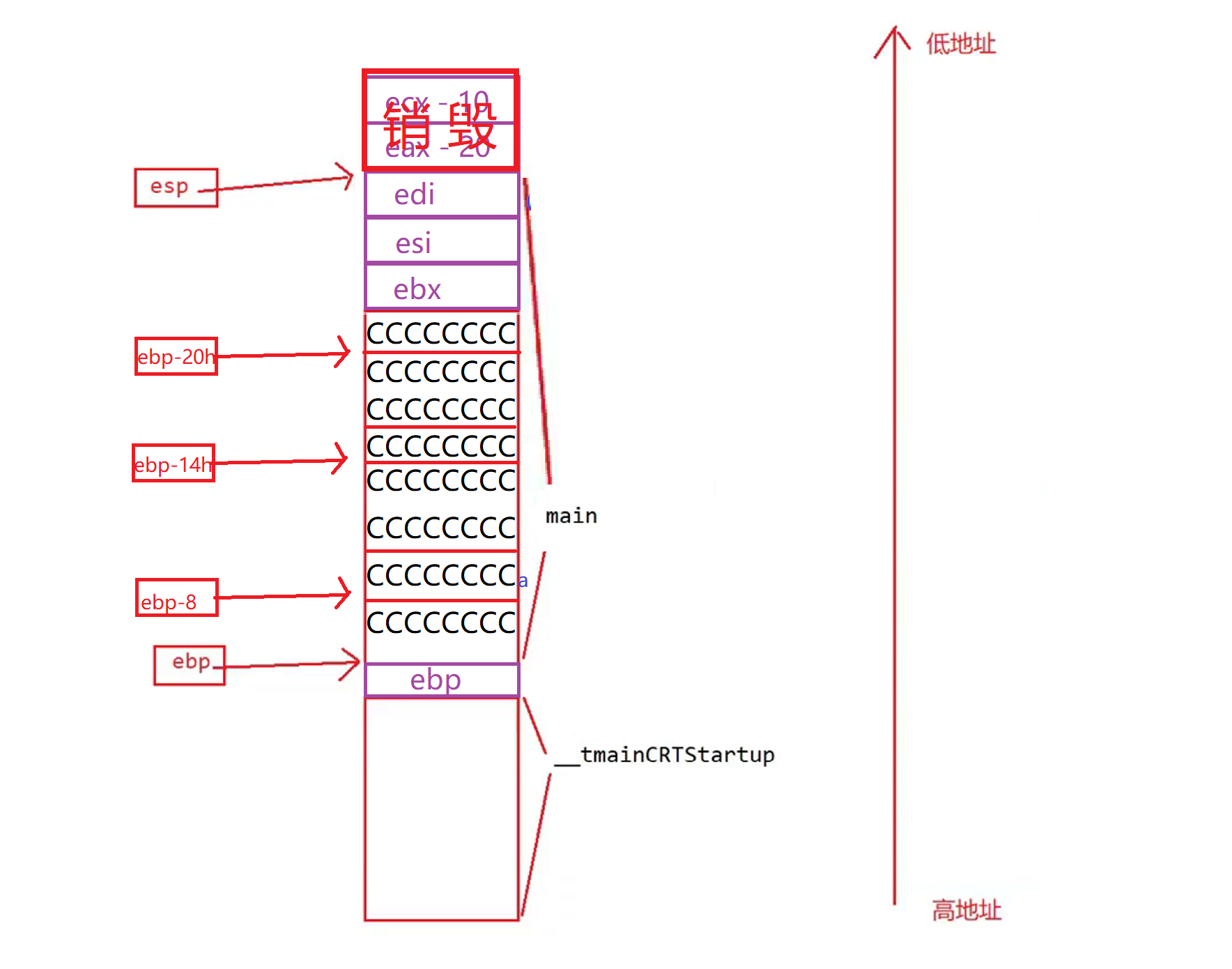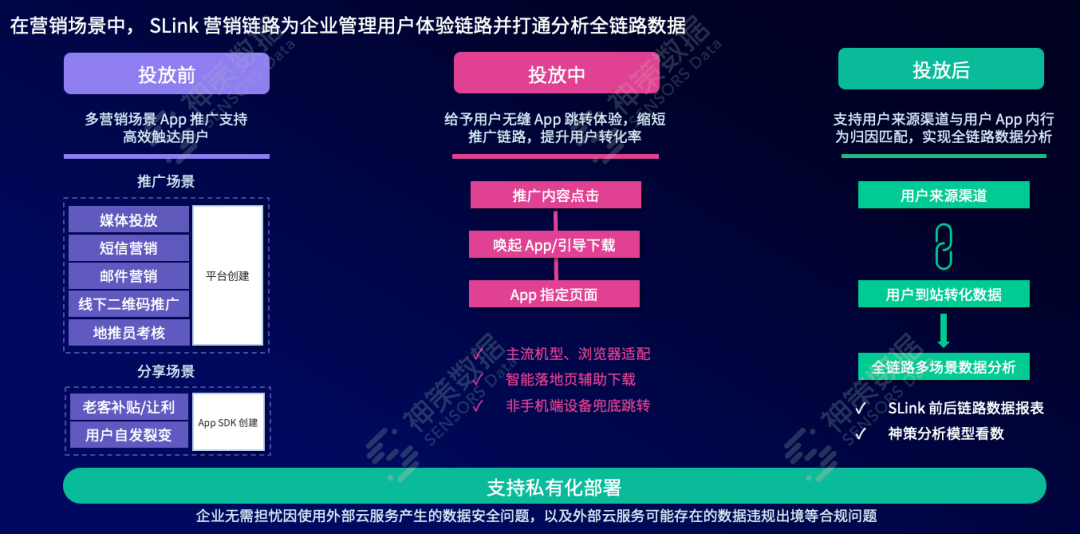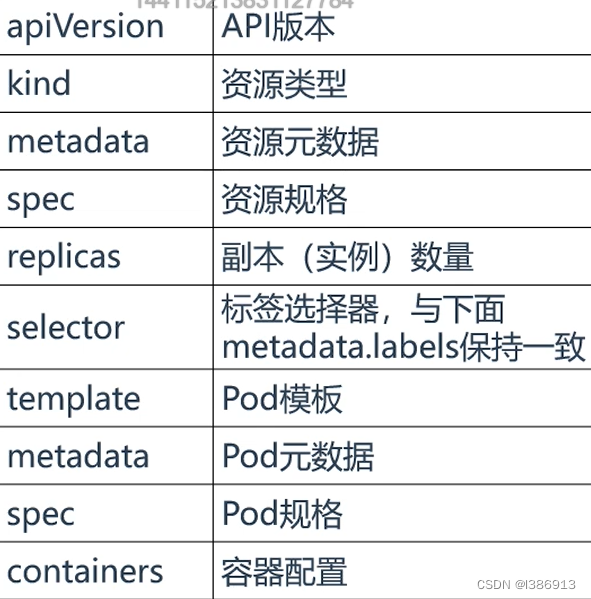《设计模式》享元模式
《设计模式》设计模式的基本原则
《设计模式》单例模式
《设计模式》工厂模式
《设计模式》原型模式
《设计模式》建造者模式
《设计模式》适配器模式
《设计模式》桥接模式
《设计模式》装饰者模式
《设计模式》组合模式
《设计模式》外观模式
《设计模式》享元模式
定义:
- 享元模式又叫蝇量模式,通过共享已经存在的对象来大幅度减少需要创建的对象数量,避免大量相似对象的开销,从而提高系统资源的利用率,即运用共享技术来有效地支持大量细粒度对象的复用。
享元模式的使用场景:
- 在使用享元模式时需要维护一个存储享元对象的享元池,而这需要耗费一定的系统资源,因此,在需要多次重复使用享元对象时才值得使用享元模式。
- 享元模式常用于系统底层开发,解决系统的性能问题,典型应用场景便是池技术,如数据库连接池、字符串常量池、线程池、缓冲池等。
享元模式中的两种状态:
- 内部状态,不会随着环境的改变而改变的可共享部分,对对象的属性。
- 外部状态,随环境改变而改变的不可以共享的部分,享元模式的实现要领就是区分应用中的这两种状态,并将外部状态外部化,如对象的方法。
享元模式的成员角色及职责:
- 抽象享元角色(Flyweight):通常是一个接口或抽象类,在抽象享元类中声明了具体享元类公共的方法,这些方法可以向外界提供享元对象的内部数据(内部状态),同时也可以通过这些方法来设置外部数据(外部状态)。
- 具体享元角色(Concrete Flyweight) :它实现了抽象享元类,称为享元对象。在具体享元
类中为内部状态提供了存储空间。通常可以结合单例模式来设计具体享元类,为每一个具体享元类提供唯一的享元对象。 - 非享元角色(Unsharable Flyweight) :并不是所有的抽象享元类的子类都需要被共享,不能被共享的子类可设计为非共享具体享元类,当需要一个非共享具体享元类的对象时可以直接通过实例化创建。
- 享元工厂角色(Flyweight Factory) :负责创建和管理享元角色,当客户对象请求一个享元对象时,享元工厂检查系统中是否存在符合要求的享元对象,如果存在则提供给客户;如果不存在的话,则创建一个新的享元对象。
享元模式的原理类图如下所示:

案例背景:
某知名外包公司同时接了三个类型非常相似的项目,分别是新闻网站、博客网站和某公众号平台,虽然名称听起来不太一样,但是这三个项目本质上都是一个CMS内容管理系统,因此网站的结构、模块非常相似。因此,可以使用享元模式,共享其相关的代码、数据,以及对数据库、内存、硬盘等资源进行共享,减少服务器资源浪费。
设计类图如下所示:

Client 类
public class Client {
public static void main(String[] args) {
WebSiteFactory factory = new WebSiteFactory();
WebSite newsWebSite = factory.getWebSiteType("新闻");
newsWebSite.use(new User("sina"));
WebSite blogWebSite = factory.getWebSiteType("博客");
blogWebSite.use(new User("csdn"));
WebSite wxPubWebSite = factory.getWebSiteType("微信公众号");
wxPubWebSite.use(new User("tencent"));
System.out.println("网站共有"+factory.getWebSiteCount()+"类");
}
}
WebSiteFactory 类
public class WebSiteFactory{
// 充当池子的作用
private HashMap<String, ConcreteWebSite> pool = new HashMap<>(4);
public WebSite getWebSiteType(String type) {
if (!pool.containsKey(type)) {
// 创建一个网站,放入池中
pool.put(type, new ConcreteWebSite(type));
}
return (WebSite) pool.get(type);
}
public int getWebSiteCount() {
// 返回池子的大小
return pool.size();
}
}
WebSite 类
public abstract class WebSite {
public abstract void use(User user);
}
ConcreteWebSite 类
public class ConcreteWebSite extends WebSite{
//内部状态,属于共享部分
private String type = "";
public ConcreteWebSite(String type) {
this.type = type;
}
@Override
public void use(User user) {
System.out.println("网站的发布类型为"+type+"使用的公司是"+user.getName());
}
}
User 类
public class User {
private String name;
public User(String name) {
this.name = name;
}
public String getName() {
return name;
}
public void setName(String name) {
this.name = name;
}
}
享元模式在 JDK 源码 Integer 类中的使用:
public final class Integer extends Number implements Comparable<Integer> {
/**
* Cache to support the object identity semantics of autoboxing for values between
* -128 and 127 (inclusive) as required by JLS.
*
* The cache is initialized on first usage. The size of the cache
* may be controlled by the {@code -XX:AutoBoxCacheMax=<size>} option.
* During VM initialization, java.lang.Integer.IntegerCache.high property
* may be set and saved in the private system properties in the
* sun.misc.VM class.
*/
private static class IntegerCache {
static final int low = -128;
static final int high;
static final Integer cache[];
static {
// high value may be configured by property
int h = 127;
String integerCacheHighPropValue =
sun.misc.VM.getSavedProperty("java.lang.Integer.IntegerCache.high");
if (integerCacheHighPropValue != null) {
try {
int i = parseInt(integerCacheHighPropValue);
i = Math.max(i, 127);
// Maximum array size is Integer.MAX_VALUE
h = Math.min(i, Integer.MAX_VALUE - (-low) -1);
} catch( NumberFormatException nfe) {
// If the property cannot be parsed into an int, ignore it.
}
}
high = h;
cache = new Integer[(high - low) + 1];
int j = low;
for(int k = 0; k < cache.length; k++)
cache[k] = new Integer(j++);
// range [-128, 127] must be interned (JLS7 5.1.7)
assert IntegerCache.high >= 127;
}
private IntegerCache() {}
}
// 在ValueOf方法中,如果i的范围在[-128,127]之间,则使用享元模式直接返回缓存中的值,属于同一个对象;
// 否则,重新创建一个对象,因此执行速度也会比直接从缓存中返回值的方式慢
public static Integer valueOf(int i) {
if (i >= IntegerCache.low && i <= IntegerCache.high)
return IntegerCache.cache[i + (-IntegerCache.low)];
return new Integer(i);
}
}
测试代码
public class Test {
public static void main(String[] args) {
Integer i = Integer.valueOf(127);
Integer j = Integer.valueOf(127);
Integer k = Integer.valueOf(128);
Integer l = Integer.valueOf(128);
Integer m = 127; // 等同于 Integer.ValueOf(127)
Integer n = 127;
System.out.println(i == j); // true
System.out.println(k == l); // false
System.out.println(m == n); // true
System.out.println( i == m); // true
}
}
